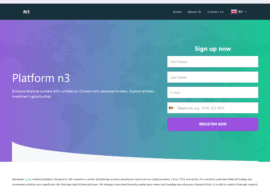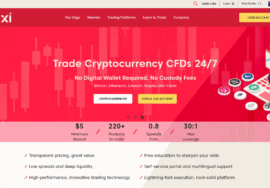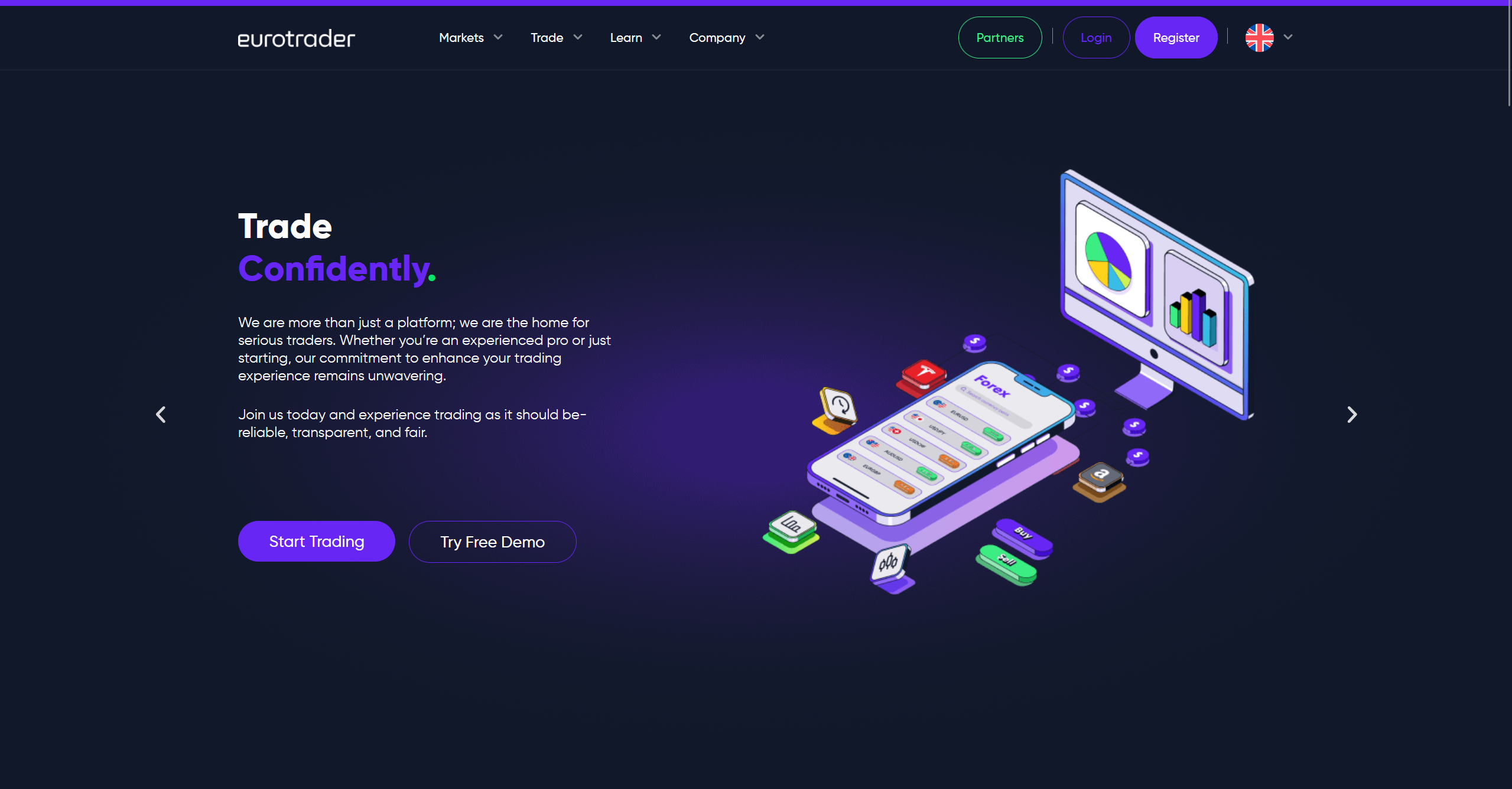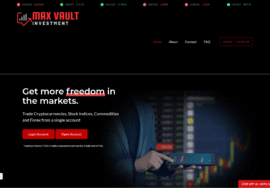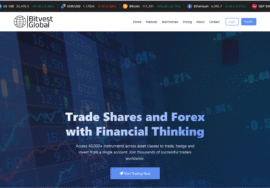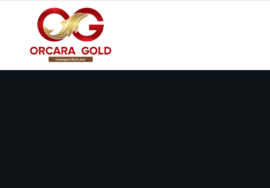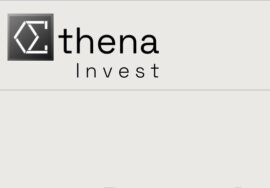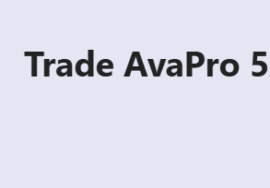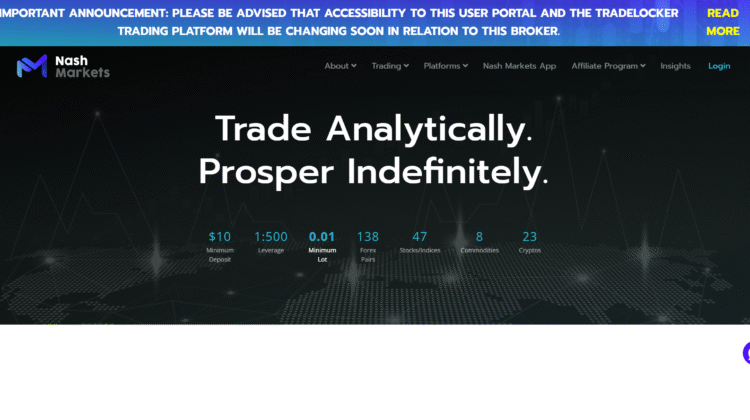
7 Serious Concerns: Why nashmarkets Looks Attractive But Carries Major Risk
7 Serious Concerns: Why nashmarkets Looks Attractive But Carries Major Risk
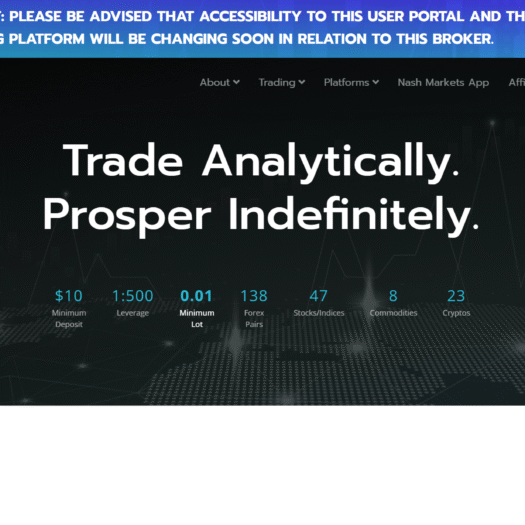
Nash Markets promotes itself as a dynamic forex/CFD broker offering low minimum deposits, broad trading instruments, high leverage, and rapid account setup. These positives are appealing, especially to new or adventurous traders. However, there are several significant warning signs that suggest the risk is much higher than what the glossy marketing lets on. Below are seven serious concerns every prospective user of Nash Markets should know in detail.
1) Lack of strong regulatory oversight undermines safety
One of the most critical drawbacks of Nash Markets is that it appears to operate without regulation from any top-tier, well-recognized financial authority. The broker is registered in Saint Vincent and the Grenadines, which is a jurisdiction known for allowing many forex brokers to establish businesses with minimal oversight. Review sites like BrokersView explicitly say Nash Markets is “not a licensed broker” under strong regulators. On Wikifx, its profile lists “no valid regulation.” On Forex-List, its registration is noted, but also a clear statement that it is not regulated by any government agency. The absence of regulation means that many protections you might expect — client fund segregation, enforceable dispute resolution, strict compliance auditing — are weak or missing. For traders, that means there’s more risk of unfair treatment, difficulty withdrawing funds, or encountering opaque terms.
2) High leverage amplifies financial exposure
Nash Markets advertises leverage up to 1:500, which is very high. While this allows small capital to control large positions, it also magnifies losses drastically. In combination with less oversight and feedback from users describing slippage or widened spreads at volatile times, high leverage becomes especially dangerous. Without strong regulatory safeguards, traders may find themselves exposed to margin calls, rapidly increasing losses, and possibly difficulties closing positions or recovering equity if markets move against them quickly.
3) User reports reveal withdrawal delays and customer-service problems
Several user reviews (from forums, BrokersView, Trustpilot) report high friction when trying to withdraw funds, especially profits. Some users say they waited weeks or months without resolution, or that support was slow or unhelpful. Complaints include delays in verification, unclear justification for withheld funds, and lack of transparency about why withdrawals are held. Such recurring reports raise a serious red flag: even if trading conditions are good, if getting your money out is hard, the broker’s attractiveness diminishes sharply.
4) “Standard” features are offset by broad discretionary powers in terms
Nash Markets’ terms and conditions grant the broker wide powers. For example, the agreement allows Nash to restrict trading, restrict or block access to some services, modify terms unilaterally, or refuse disbursement under vague interpretations such as “abusive trading,” margin requirements, or compliance issues. Also, the broker reserves the right to change margin requirements, spreads, trading conditions, or even impose charges without prior notice. These discretionary powers are typical in many brokerage agreements, but when combined with weak regulation and frequent user complaints, they become a concern. Traders may find that what was advertised or expected differs from actual live conditions.
5) Marketing vs reality: features like MT4/MT5, instruments, and “low spread” claims are inconsistent
According to Nash Markets’ own site and third-party reviews, the broker offers multiple trading platforms (including MetaTrader 4 and 5), many forex pairs, cryptocurrency trading, indices, stocks/CFDs, commodities, and some web-app “TradeLocker” or analytics tools. The minimum deposit is fairly low (often stated as USD 10). That looks good. But some reviews suggest that spreads during volatile market events widen significantly, that trading conditions change depending on region or account type, and that certain instruments advertised are not available everywhere. Users also mention platform differences and sometimes lack of demo account option.
6) Safety score and reputational concerns are weak to moderate
On safety and broker rating sites, Nash Markets does not score well. For instance, TradersUnion gives its safety rating a low mark (around 3.7 out of 10), labeling its security level as “Low.” On platforms like Wikibit and WikiFX, Nash Markets is described as unregulated with no valid license. Fx-Verify says the broker “does not appear to be regulated by any government authority.” These reputational data points are not definitive proof of misconduct, but they are consistent signals that entitlement to trust should be earned, not assumed.
7) Attractive entry points (low deposit, many instruments) may hide high risk
The broker offers a relatively low minimum deposit (USD 10 in many cases) and promotes many tradable assets, including numerous forex pairs, cryptos, stocks, indices, and commodities. For traders with limited capital, these features look like a chance to access global markets. But the danger is that low entry cost paired with high leverage and limited regulatory protection sets up a situation where losses (or withheld profits) can escalate perhaps beyond what many traders expect. When deposit is small, loss due to spread, slippage, or delayed execution hits proportionally harder. Moreover, some features may be conditional on account type, verification, or region, meaning the advertised deal might differ from what you receive in practice.
Conclusion: Final Verdict on Nash Markets
Nash Markets is an example of a broker that offers several features many traders want: low minimum deposit, broad instrument access (forex, cryptos, indices, stocks, commodities), multiple platforms (including MT4/MT5 and proprietary tools), and aggressive leverage. If everything works perfectly, those features can be seductive. For some users, particularly those willing to take high risk, perhaps focusing on small trades, using leverage conservatively, and verifying everything step by step, Nash Markets might satisfy short-term trading goals.
However, the cumulative evidence points to serious risk. The lack of regulation by strong authorities is perhaps the most critical issue. Without oversight from regulators with real enforcement power (for example FCA, ASIC, or equivalent recognized bodies), many protections many traders assume (fair treatment, transparency, enforceable rights, fund safety) are not guaranteed. That leaves room for potential misuse of discretionary powers, ambiguous terms, or conflicts of interest.
Withdrawal issues are not minimal or rare in this case. Multiple reviews mention delays, denied or partially fulfilled withdrawal requests, or opaque reasons for account restrictions. For most traders, this is among the most important tests of a broker. Even the best trading conditions are worthless if you cannot retrieve your profits reliably.
The broker’s safety rating and reputation across review sites are also weak on regulation and protection dimensions. Although marketing materials and site features boast many instruments and tools, the “real world” experience of many users appears mixed or negative, especially when money is at stake. The actual spread, slippage, support, or service during volatile periods seems to diverge from promotional claims for many users. That discrepancy is a common theme among brokers operating without strong regulation.
Leveraged trading always carries risk, but with Nash Markets, the combination of high leverage, low regulatory oversight, and user-report warnings increases that risk significantly. For traders not highly experienced or risk averse, this combination is particularly dangerous. Many of the “good” aspects (minimum deposit, many assets, MT platforms) are software and marketing features; the deeper issues relate to trust, enforceability, and client protection.
If I were you, here is how I would proceed:
- Start with a very small deposit to test deposit + withdrawal + support responsiveness.
- Try to reach your profit target, request a withdrawal to see how smooth that is in practice.
- Read all legal documents carefully (terms & conditions, account agreements, risk disclosures, “abusive trading” clauses, margin rules, fee schedule).
- Use conservative leverage only (much lower than maximum advertised).
- Keep careful records (screenshots, emails, trade logs).
In comparison, brokers regulated by recognized, high-standard authorities—even if offering slightly less leverage or fewer instruments—often provide much more protection. If security, service consistency, and reliable withdrawals matter to you more than flashy incentives, those brokers are usually safer long-term.
In conclusion: Nash Markets is not an inherently terrible broker, but it has many risk factors that recommend extreme caution. It may suit traders who accept high risk, test carefully, and keep exposure low. For others, especially beginners or those who cannot afford to lose, Nash Markets may be too risky. Trading‐partner trust must be earned, not presumed.


